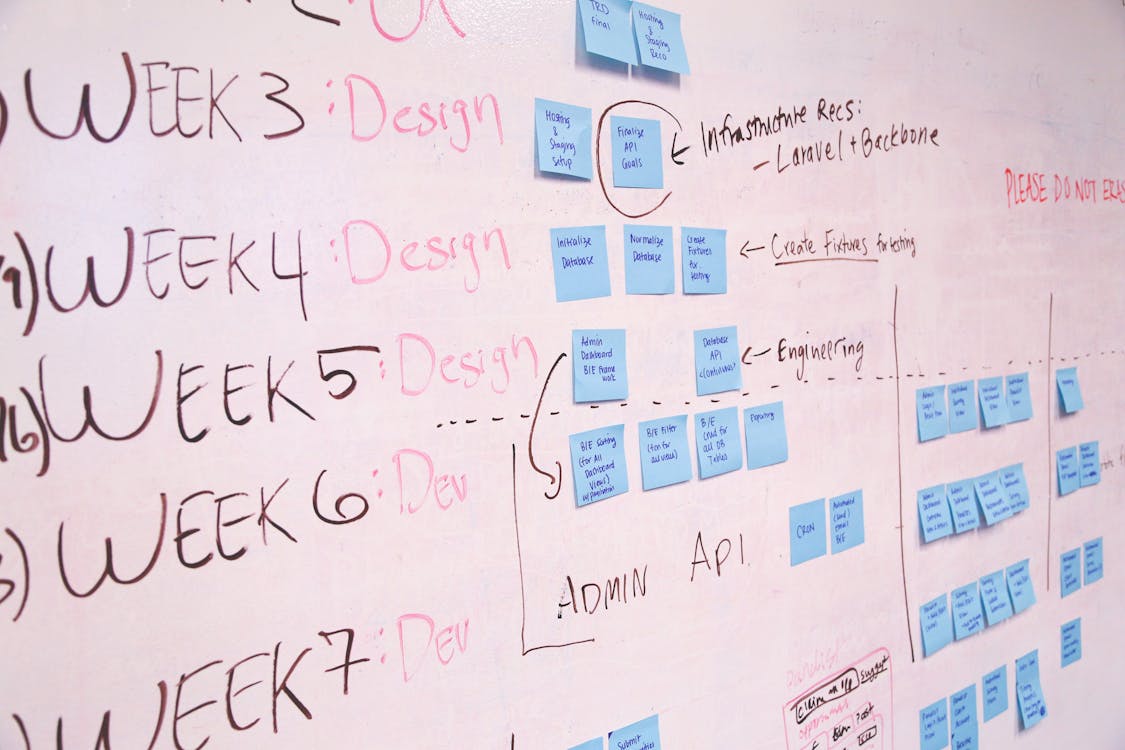The Rise of Usage-Based Pricing in SaaS
In recent years, a significant shift has been occurring in the Software as a Service (SaaS) industry. More and more companies are moving away from traditional subscription-based pricing models toward usage-based pricing (UBP). This trend is not merely a fleeting adjustment but represents a fundamental transformation in how software companies monetize their products.
What is Usage-Based Pricing?
Usage-based pricing, also known as consumption-based pricing, is a model where customers pay based on their actual usage of a product or service, rather than a flat monthly or annual fee. This could be measured in various ways:
- API calls processed
- Data stored or transferred
- User actions completed
- Computing resources consumed
- Transactions processed
The key distinction is that costs scale directly with usage, allowing customers to pay for exactly what they use—no more, no less.
Why Companies Are Making the Switch
1. Better Alignment with Customer Value
Perhaps the most compelling reason for the shift to UBP is its ability to align pricing with the actual value customers receive. When customers extract more value from your product (indicated by higher usage), they pay more. Conversely, in months when usage is lower, their costs decrease accordingly.
2. Lower Barriers to Entry
Usage-based pricing often allows for much lower entry points, sometimes even free tiers for minimal usage. This significantly reduces adoption barriers, enabling companies to capture market segments that might have been priced out under subscription models.
3. Scalability for Growth-Stage Companies
For growing companies, usage-based pricing offers a scaling mechanism that grows with them. Rather than jumping between different subscription tiers with substantial price increases, costs increase gradually as usage grows—a much more palatable model for companies carefully managing cash flow.
4. Accurate Revenue Forecasting
While some argue that UBP makes revenue forecasting more difficult, the reality is that it provides much more granular data about product usage patterns. This data can actually lead to more accurate forecasting once companies develop the right analytics infrastructure.
Companies Leading the Usage-Based Revolution
Several notable companies have built multi-billion dollar businesses on usage-based pricing:
- Snowflake: The data warehouse giant charges based on storage and compute usage.
- Twilio: The communications API platform charges per message sent or call made.
- AWS: The cloud computing leader has always maintained a pay-for-what-you-use model.
- Stripe: The payment processor charges a percentage of transaction volume.
Implementing Usage-Based Pricing: Key Considerations
For companies considering a move to usage-based pricing, several factors are critical:
1. Choose the Right Usage Metric
The usage metric you select should align closely with the value customers derive from your product. It should be:
- Easily understood by customers
- Directly tied to value creation
- Predictable for customers to estimate
- Technically feasible to track accurately
2. Build the Technical Infrastructure
UBP requires robust usage tracking and billing systems. Companies need to invest in:
- Real-time usage tracking
- Data storage for usage metrics
- Billing systems that can handle variable charges
- User-facing dashboards to monitor usage
3. Consider a Hybrid Approach
Many successful companies implement a hybrid approach:
- Base subscription fee plus usage-based components
- Free or discounted "included usage" within subscription tiers
- Volume discounts for higher usage bands
4. Clear Communication Is Essential
When implementing or transitioning to UBP, clear communication with customers is vital:
- Provide usage dashboards and alerts
- Offer cost estimators and calculators
- Establish predictable billing cycles
- Create documentation explaining the pricing model
The Future of Pricing in SaaS
The trend toward usage-based pricing shows no sign of slowing. In fact, according to OpenView Partners' 2023 SaaS Pricing Survey, the percentage of SaaS companies employing usage-based pricing has increased from just 23% in 2019 to over 45% in 2023.
As software continues to become more specialized and modular, the ability to pay only for what you use will become increasingly important. This doesn't mean subscriptions will disappear—but hybrid models that combine the predictability of subscriptions with the fairness of usage-based components are likely to become the dominant paradigm.
Conclusion
Usage-based pricing represents a more equitable approach to SaaS pricing that better aligns vendor incentives with customer success. While implementing UBP comes with technical and organizational challenges, the benefits in terms of customer satisfaction, market expansion, and revenue growth potential make it a compelling option for modern software companies.
Companies that can successfully implement UBP while maintaining transparency and providing value will be well-positioned to thrive in the evolving SaaS landscape.
